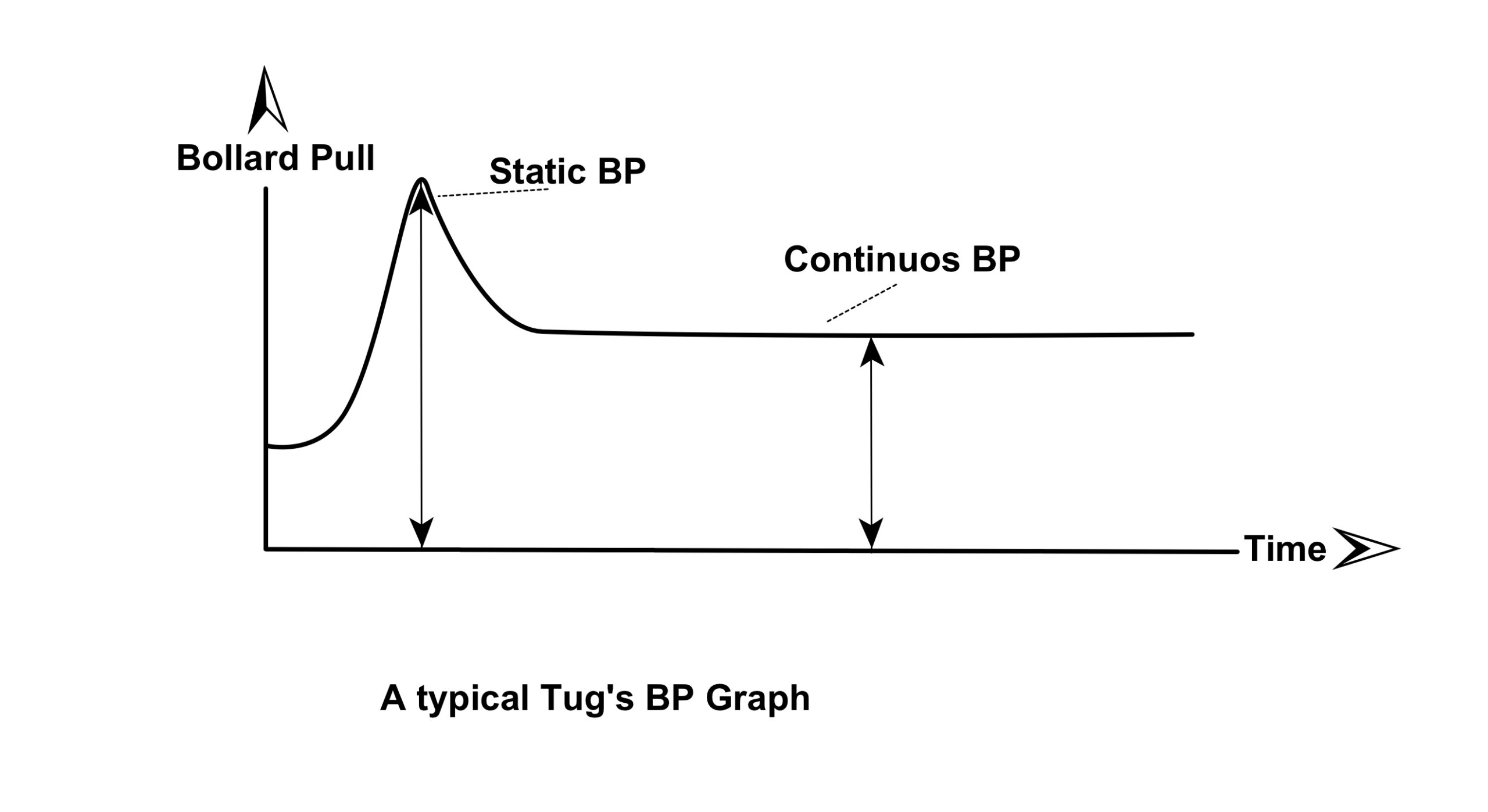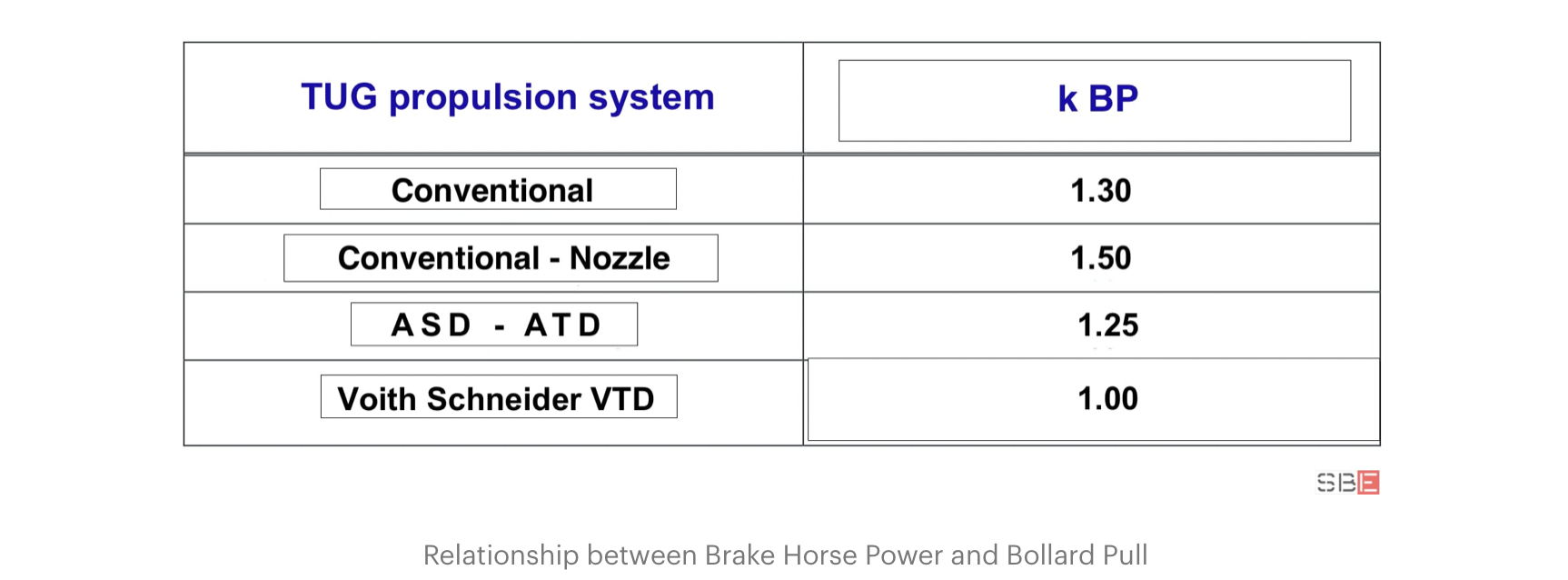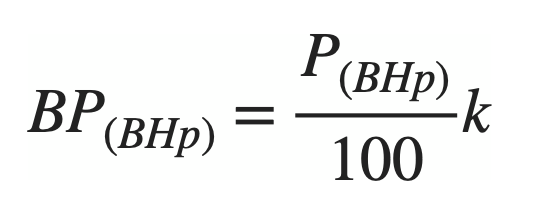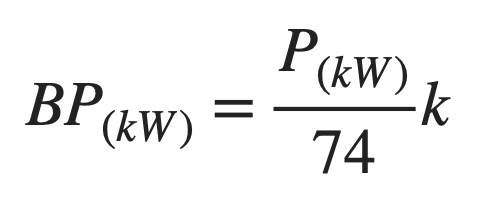Bollard Pull Copy
It is the most used measure to indicate the pull force in metric tons or kilonewtons of a tugboat.
To determine this, one end of the towline is fixed to a suitable bollard, and the tug gradually pulls. When the thrusters reach maximum power, a dynamometer measures the force exerted. The top BP is obtained at full engine power; the continuous BP, lower in energy, is measured brought over at least 10 minutes at constant pulling.
Once measured with calibrated instruments and in standard test conditions (calm wind, no tides and currents – good tugboat UKC, operational trimming and so on), the bollard pull is certified for both pull directions by a Ship’s Classification Society:
- RINA – (Registro Italiano NAvale)
- BV – (Bureau Veritas)
- ABS – (American Bureau of Shipping)
- CCS – (China Classification of Shipping)
- DNV – (Det Norske Veritas)
- LR – (Lloyd’s Register of shipping)
- GL – (Germanischer Lloyd)

If it is impossible to use a solid anchor to withstand high loads or in geographic areas without adequate fixed installations, the Bollard Pull cannot be verified and tested. In this case, Calculated BP certificates can be issued based on model tests and theoretical forecasting analysis.
As can be seen from the diagram we propose below, the Bollard Pull depends mainly on the tug’s engine power and thruster type.

Using these constants, the calculation to obtain the Bollard Pull in tons, starting from a datum known as the BHP – Brake Horse Power developed by a tug, is as follows:
 from Tug Power to Bollard Pull formula
from Tug Power to Bollard Pull formula
If the known data is in kW and we know that one horsepower (HP or CV) is equivalent to the power of 735.49875 Watt, we have:

P is the power expressed in BHP or kW by the tug, and k is the constant of the engine considered.
However, the actual Bollard Pull will never be the theoretical one determined by tests or calculations for obvious reasons (ship and tug speed, depth at which the thrusters are working, weather conditions, effective line length, reflected waves, etc.). To get a practical idea of how much the tug will be able to provide in terms of power in real operating conditions, we can consider:
![]() Accurate BP is about 20-25% less than what declared
Accurate BP is about 20-25% less than what declared
BPr is the real Bollard Pull, and BPt is obtained during the tests.
Furthermore, the maximum BP, or static as it is often identified, can only be developed by the tug under particular conditions at very low ship speeds and for short periods, as is clearly shown by its typical graph.
Last but not least, we also have to consider the tug age. It is generally stated that BP rating should be reduced by 1% per year of age greater than 10.
Later in the text, we will see some theoretical applications. However, in the practice of port manoeuvring, these calculations are rarely necessary since the Bollard Pulls of the available tugs are known values and – in case of doubt – it is sufficient to ask directly to the tug’s captain. Thus skipping a step of mental calculation.
